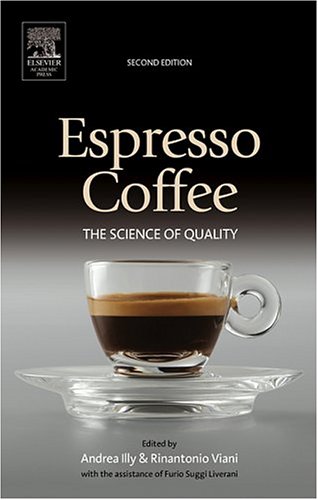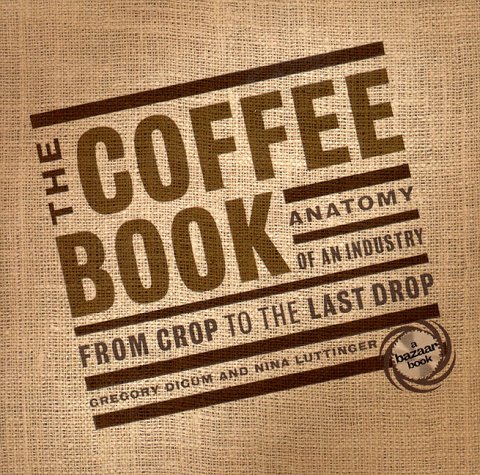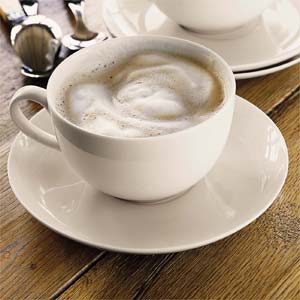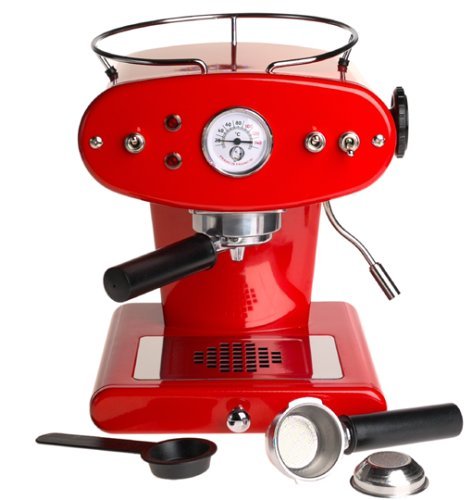|
The Aromas & Flavors of Coffee
What You Smell, Taste & Feel
Until you sit down with this list, you won’t believe how many different scents and tastes there are in a cup of coffee. Of course, there are hundreds of different varieties of coffee. As with wine varietals, different beans have different characteristics. Some of the descriptors below are quite colorful—but they are the terms that professionals use to analyze beans, ground coffee, and the brewed beverage. The majority of these terms were prepared by the International Coffee Organization.
Aromas
Aromas can also appear as flavors, although not necessarily in tandem. For example, you may find a smoky or caramel aroma but not find those flavors on the palate. While the following list was provided by the International Coffee Organization, you may find many other flavors. We frequently find charcoal and red fruits, for example. Check our chocolate descriptors and wine descriptors.
Animal-Like
Somewhat reminiscent of the smell of animals. This is not a fragrant aroma like musk, but has the characteristic odor of wet fur, sweat, leather, hides or urine. It is not necessarily considered as a negative attribute, but is generally used to describe strong notes.
Ashy
A scent similar to that of an ashtray, the odor of smokers’ fingers or the smell one gets when cleaning out a fireplace. It is not used as a negative attribute. Generally speaking, this descriptor is used by the tasters to indicate the degree of roast.
Burnt/Smoky
An odor and flavor descriptor similar to that found in burnt food. The odor is associated with smoke produced when burning wood. This descriptor is frequently used to indicate the degree of roast commonly found by tasters in dark-roasted or oven-roasted coffees.
Chemical/Medicinal
An odor descriptor reminiscent of chemicals, medicines and the smell of hospitals. This term is used to describe coffees having aromas such as rio flavor, chemical residues or highly aromatic coffees which produce large amounts of volatiles.
Chocolate-Like
This aroma descriptor is reminiscent of the aroma and flavor of cocoa powder and chocolate (including dark chocolate and milk chocolate). The aroma is sometimes referred to as sweet.
Caramel
Reminiscent of the odor and flavor produced when caramelizing sugar without burning it.
Cereal/Malty/Toast-Like
Aromas characteristic of cereal, malt and toast. Includes scents such as the aroma and flavor of uncooked or roasted grain (including roasted corn, barley or wheat), malt extract and the aroma and flavor of freshly baked bread and freshly made toast. The common denominator of this descriptor is a grain-type aroma: the aromas in this descriptor were grouped together since tasters used these terms interchangeably when evaluating the standards of each.
Earthy
The characteristic odor of fresh earth, wet soil or humus. Sometimes associated with molds and reminiscent of raw potato flavor. Considered an undesirable flavor in coffee.
Floral
Similar to the fragrance of flowers. This descriptor is associated with the slight scent of different types of flowers including honeysuckle, jasmine, dandelion and nettles. It is mainly found when an intense fruity or green aroma is perceived, but rarely found in a high intensity by itself.
Fruity/Citrus
An aroma reminiscent of the odor and taste of fruit, e.g. the natural aroma of berries. The perception of high acidity in some coffees is correlated with the citrus characteristic. Does not apply to the aroma of unripe or overripe fruit.
Grassy/Green/Herbal
This aroma descriptor includes terms which are associated with odors reminiscent of a freshly mowed lawn, fresh green grass or herbs, green foliage, green beans or unripe fruit.
Nutty
This aroma is reminiscent of the odor and flavor of fresh nuts (distinct from rancid nuts), and not of bitter almonds.
Rancid/Rotten
This aroma descriptor includes two terms which are associated with odors reminiscent of deterioration and oxidation of several products. Rancid as the main indicator of fat oxidation mainly refers to rancid nuts and rotten is used as an indicator of deteriorated vegetables or non-oily products. Does not apply to coffees that have strong notes but no signs of deterioration.
Rubber-Like
This odor descriptor is characteristic of the smell of hot tires, rubber bands and rubber stoppers. It is not considered a negative attribute but has a characteristic strong note highly recognizable in some types of coffee.
Spicy
This aroma descriptor is typical of the odor of sweet spices such as cloves, cinnamon and allspice. This term should not be used to describe the aroma of savory spices such as pepper, oregano and Indian spices.
Tobacco
Reminiscent of the odor and taste of tobacco—but not burnt tobacco.
Winey
The combined sensation of smell, taste and mouthfeel experiences when drinking wine. It is generally perceived when a strong acidic or fruity note is found. Does not apply to a sour or fermented flavour.
Woody
Reminiscent of the smell of dry wood, an oak barrel, dead wood, cardboard or paper.
Tastes
Acidity
A basic taste characterized by the solution of an organic acid. A desirable sharp and pleasing taste particularly strong with certain origins as opposed to an over-fermented, sour taste.
Bitterness
A primary taste characterized by the solution of caffeine, quinine and certain alkaloids. This taste is considered desirable up to a certain level and is affected by the degree of roast brewing procedures.
Sweetness
This is a basic taste descriptor characterized by solutions of sucrose or fructose which are commonly associated with sweet aroma descriptors such as fruity, chocolate and caramel. It is generally used for describing coffees which are free from off-flavors.
Saltiness
A primary taste characterized by a solution of sodium chloride or other salts.
Sourness
This basic taste descriptor refers to an excessively sharp, biting and unpleasant flavor (such as vinegar or acetic acid). It is sometimes associated with the aroma of fermented coffee. This term should not be confused with acidity, which is generally considered a pleasant and desirable taste in coffee.
Mouthfeel
Body
This attribute descriptor is used to describe the physical properties of the beverage. Good body is a strong but pleasant, full mouthfeel characteristic as opposed to being thin.
Astringency
This attribute is characteristic of an after-taste sensation, consistent with a dry feeling in the mouth. It is undesirable in coffee.
Read About Coffee
 |
 |
 |
| Coffee - A Guide to Buying, Brewing, and Enjoying: Dazed by the myriad of coffee choices, this book will set you straight. Click here for more information or to purchase. |
Espresso Coffee - The Science of Quality: Get down to the nuts and bolts of coffee with this intriguing read. Click here for more information or to purchase. |
The Coffee Book: Follow your favorite beverage from the pod to your mug. Click here for more information or to purchase. |
Brew Like A Barista
 |
 |
|
Revol Porcelain Cup & Saucer: Enjoy your perfect cup of java with this jumbo (10-ounce) stylish cup from Sur La Table. . Click here for more information or to purchase.
|
FrancisFrancis! Espresso Machine: Wow your taste buds with this stylish and functional espresso machine. Click here for more information or to purchase. |
|
Coffee descriptors copyright International Coffee Organization. Additional content

|